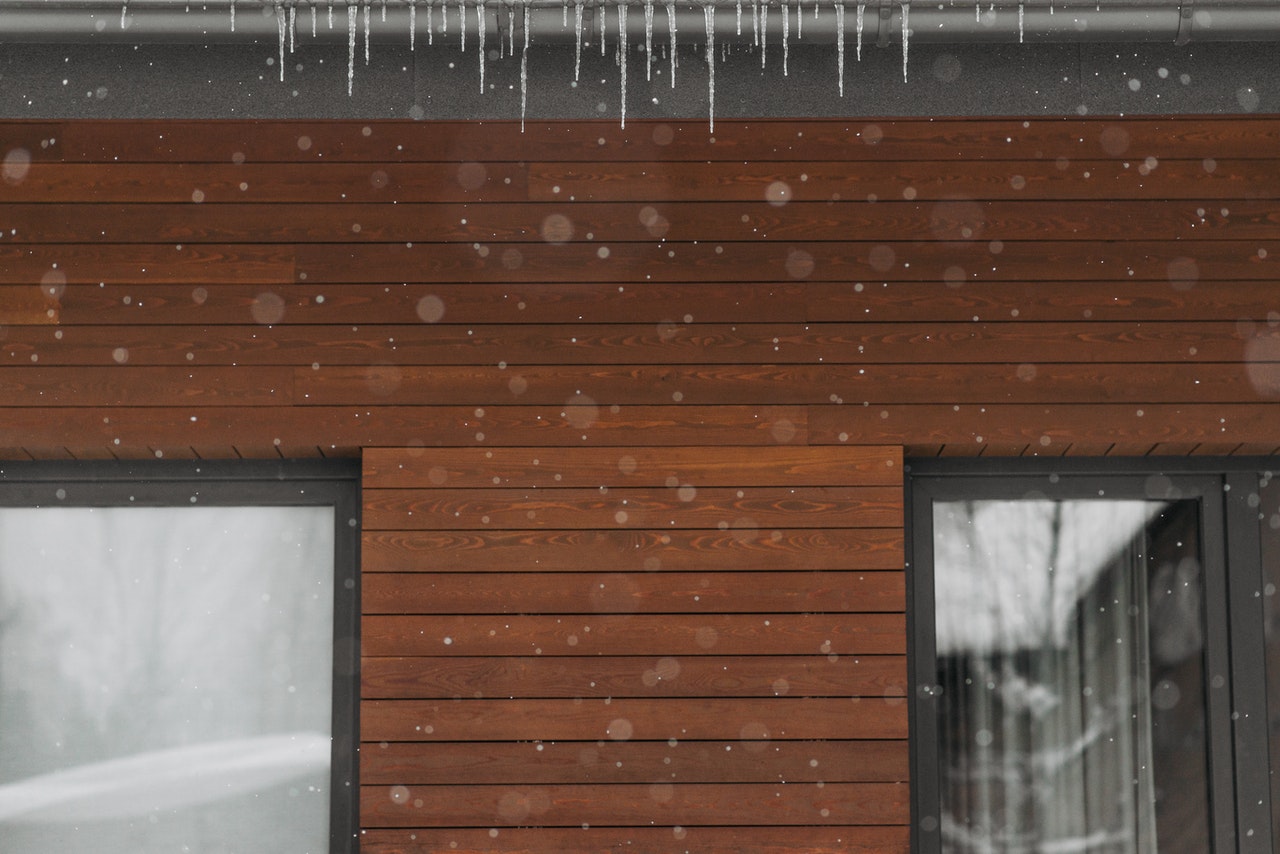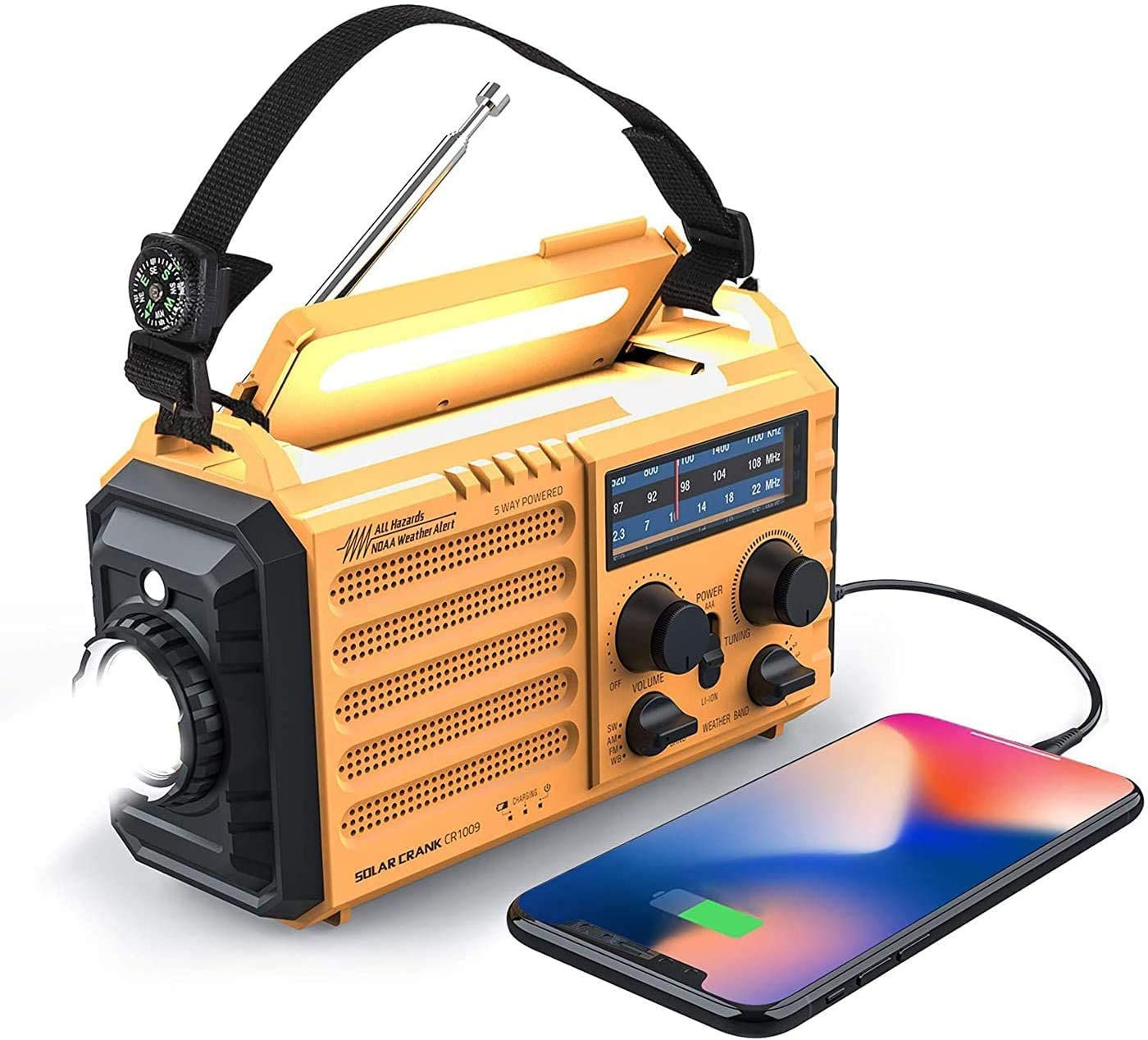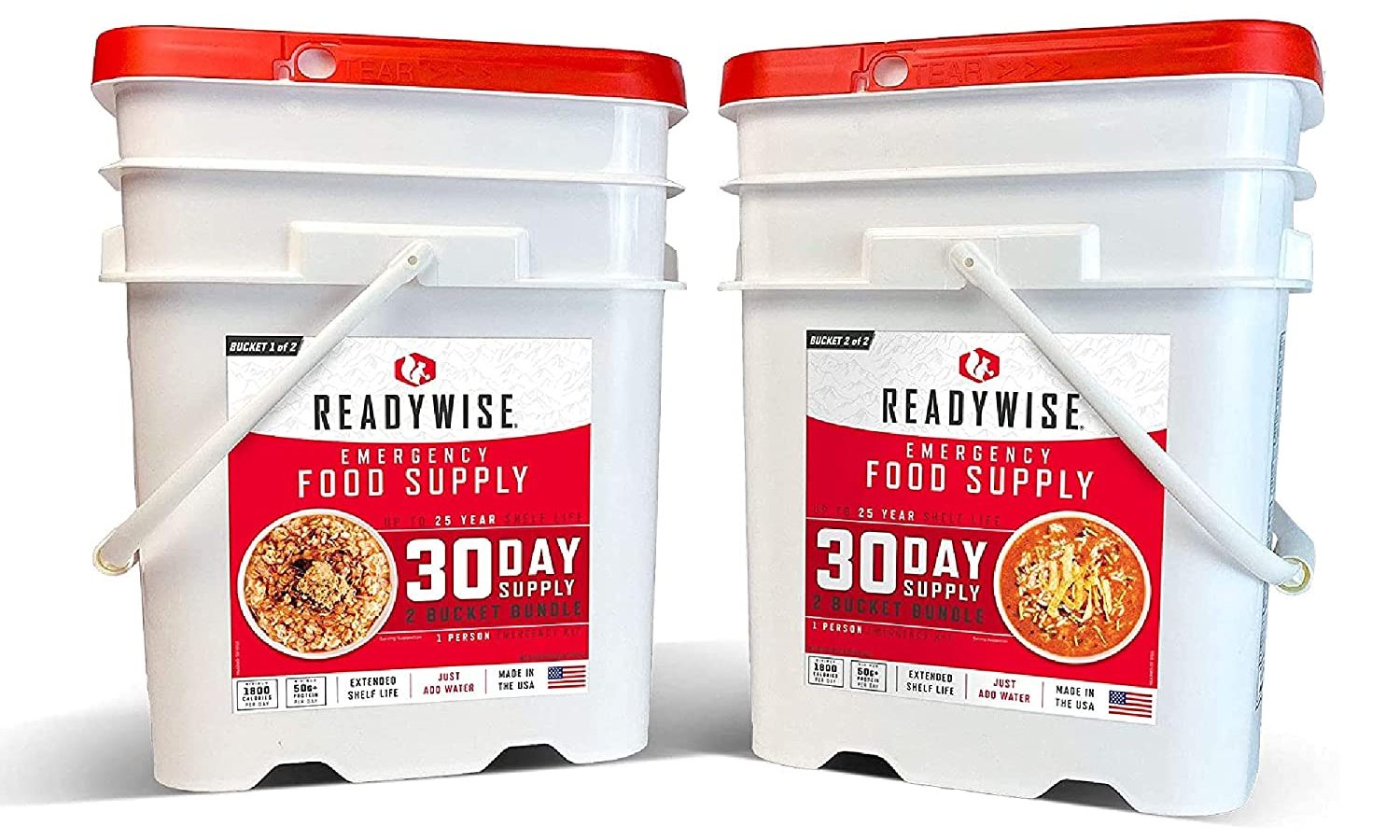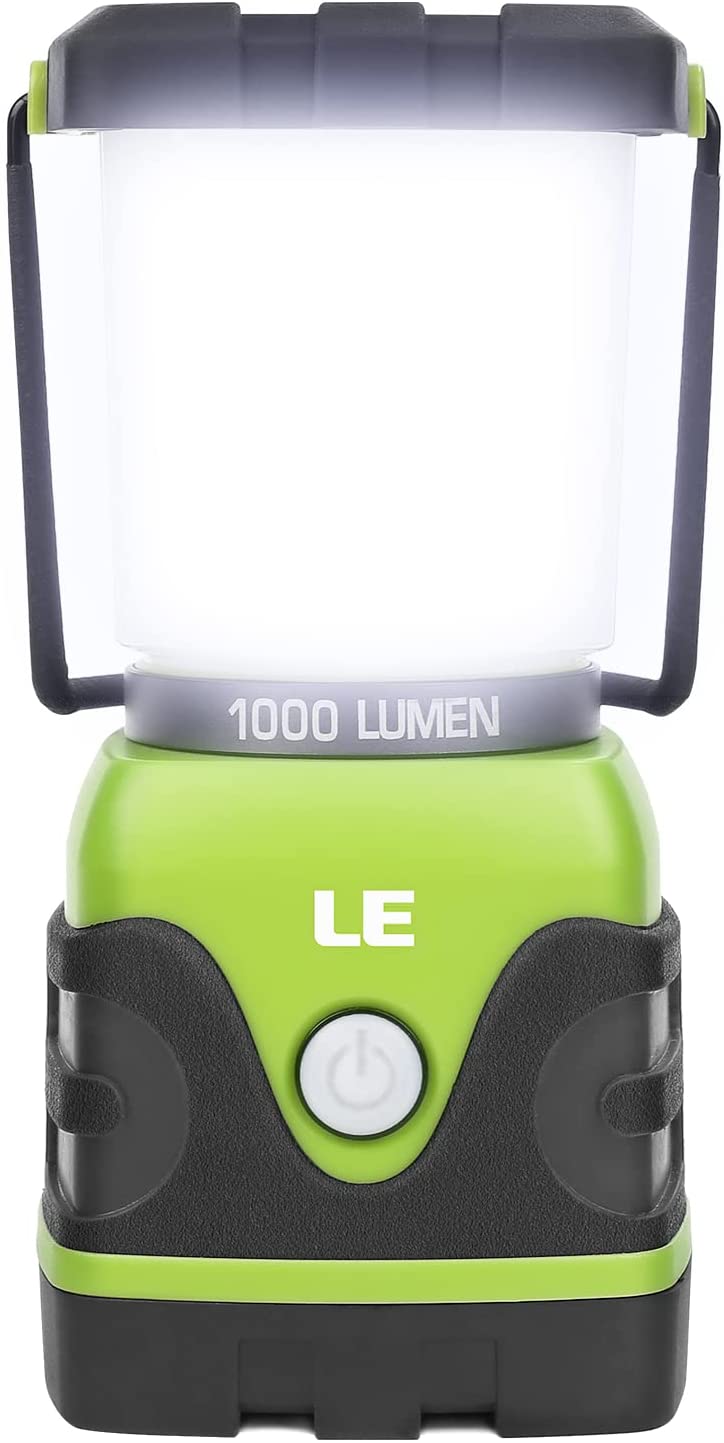
When Winter Storm Uri hit Texas earlier this year in February, state residents could not have anticipated how dire things were going to get. Roads were covered in several inches of snow and slippery ice, rendering them impassable. The state grid lost power supply, leaving millions of Texans without electricity, a situation that persisted for several consecutive days.
Fast-forward 10 months later, and winter is upon us once again. While the National Oceanic and Atmospheric Administration (NOAA) predicted a warmer-than-usual winter this time around, Texans have taken it upon themselves to be better prepared, to avoid a repeat of what happened in February.
This article explores various emergency equipment every Texan should have, to survive a winter storm of Uri’s magnitude.
Emergency Lighting and Power Equipment
Despite repeated assurance from the gas industry and Texas energy regulators that the state grid will keep the power on in a natural catastrophe, the reality is there’s no real guarantee that this will happen if another brutal winter storm sweeps through the state. According to the Public Utility Commission of Texas, power plants across the state have received major upgrades to withstand extreme weather conditions.
Nonetheless, it’s still a good idea to have your own emergency power source to ensure that unexpected power blackouts do not catch you by surprise. One of the main things you need to invest in is – emergency lighting and power equipment. That way, if the power grid fails, you’ll still be able to power your home and stay warm as you wait for power to be restored.
It will ensure that your lights stay on, and important appliances, your home’s heating system, and any critical medical equipment you have remain functional, even in the absence of electricity from the main grid.
There are generally three types of generators you’ll come across:
- Portable generators – These are usually used on construction sites to power hammer drills, nail guns, air compressors, and other job site equipment. They are quite basic and tend to be loud.
- Inverter generators – These are usually used for recreational activities to power heaters, radios, smartphones, and other devices when you’re out boating or camping.
- Whole-house generators – Also known as home standby generators, are the best type for home use. They are designed to provide ample power for your entire household, so your appliances and HVAC systems stay on throughout. They are also a lot quieter than the other two options.
When choosing the best generator for home use, you need to pick a machine that generates enough power for your entire house, or at the very least, a few designated circuits.
Here’s a list of the approximate running wattages for common household appliances to give you an idea of the size and capacity of the generator you should get. It goes without saying that the capacity you’ll need ultimately depends on the number of devices you intend to have running during a power outage.
- Coffeemaker: 400 – 800W
- Electric oven: 5000W
- Electric range (single element): 2500W
- Hair dryer: 1200 – 1500W
- Hot plate: 1250W
- Microwave: 1200W
- Computer: 500 – 2000W
- Outdoor lighting: 500 – 1000W
- Refrigerator or freezer: 600 – 800W
- Space heater: 1250W
- Table lamp: 150W
- Television: 100 – 350W
- Toaster: 1100 – 1700W
- Vacuum: 700 – 1400W
The list below provides the approximate wattage required to run various HVAC systems:
- Central air conditioning: 2000 – 4000W
- Electric furnace: 5000 – 25000W
- Heater (radiant): 1300W
- Water heater: 3000 – 4500W
- Water pump: 1000 – 2000W
- Window air conditioner: 600 – 1500W
With that in mind, you can then calculate how much power you would need to run your household for a designated number of days, check off the essentials, and get a generator that supports those power requirements. The Duromax gas-powered 12,000-Watt backup home generator is an excellent option to consider.
Other Important Emergency Supplies to Have

In addition to emergency power and lighting equipment, below is a list of other important emergency supplies you need to survive a winter storm if you need to shelter in place.
Emergency Radio

You need to get your hands on the best emergency radio to receive NOAA weather alerts and other important information related to the natural disaster you find yourself in. Extreme weather can cause service disruption to cell towers and other communication networks such as those that support internet connectivity. The best emergency survival kit would not be complete without the Raynic solar emergency radio.
Food kits
It goes without saying that you will need to shelter in place in a hurricane, winter storm, and any other natural calamity. As such, you will need an adequate food supply to last you until the weather conditions improve.

The best emergency food kits should be easy to prepare, have a long shelf-life, and meet your body’s nutritional requirements. The ReadyWise emergency food kit for breakfast, lunch, and dinner would be a great addition to your emergency supply.
Lantern

You’ll need a light source when the power goes out. The best emergency lantern is no doubt the LE 1000-lumen LED lantern. It has four different light modes, is battery-powered with a 12-hour battery life and is waterproof.
Water Filter
Having access to clean drinking water is essential for survival when disaster strikes. The best emergency water filter should be able to remove biological contaminants such as bacteria, viruses, and protozoa. The Outback Water emergency filtration system is perfect for emergency situations when you have no access to bottled water.
Emergency Fuel
It’s always a good idea to have different sources of emergency fuel when you’re in the middle of a power crisis. Ensure you stockpile gasoline, propane, butane, charcoal, firewood, and biomass briquettes. That way, if you run out of one fuel source, you have others on standby if the blackout lasts several days.
First Aid Kit

Getting to the ER in the middle of a blizzard or hurricane is hazardous, if not impossible. Having a fully stocked first aid kit to handle any minor home injuries is essential for emergency preparedness.
The best first aid kit should have everything you need to treat minor sprains, strains, burns, cuts, scrapes, allergic reactions, and bug bites. You should also stock it up with over-the-counter medication such as pain relievers, cough and cold medication, and antidiarrheal drugs. You can also add a few instant ice packs.
The Surviveware first aid kit has everything you need to get through a medical emergency in the middle of a hurricane, winter storm, or any other weather-related catastrophe.
In the meantime, find out why Texas Interstate 45 is the most dangerous road in America.

